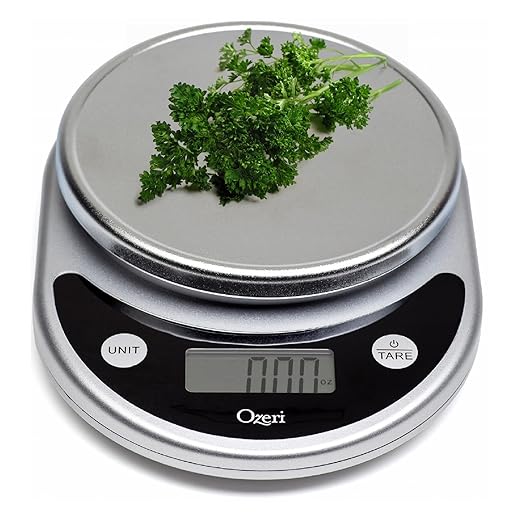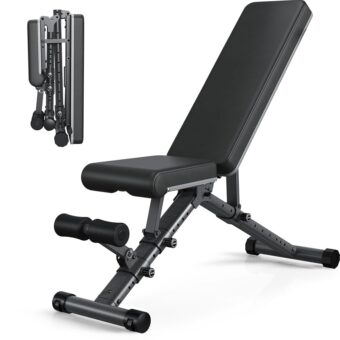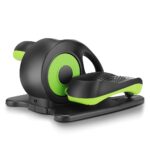This step-by-step guide outlines the importance of balancing macronutrients—carbohydrates, proteins, and fats—to enhance fitness results. It emphasizes the role of nutrition in fueling workouts and aiding recovery, providing clear instructions on how to assess individual dietary needs based on activity levels and goals. By following this guide, individuals can learn to calculate their optimal macronutrient ratios, make informed food choices, and create meal plans that support their fitness objectives for improved performance and overall health.



Understand Macronutrients
Discover the three main macronutrients: carbohydrates, proteins, and fats. Each plays a unique role in supporting your body and achieving your fitness goals.
Understanding these macronutrients will empower you to make informed dietary choices that align with your fitness aspirations.


Determine Your Total Daily Energy Expenditure (TDEE)
Set Your Fitness Goals
Identify your specific fitness goals by considering what you truly want to achieve. For instance, aim for weight loss if your focus is on shedding pounds, or target muscle gain if you want to build strength and definition. Recognize that if you’re aiming for weight loss, a higher protein intake with moderate carbs and healthy fats might work best, whereas muscle gain would require increased caloric intake with a balanced distribution of macronutrients. Define whether you prefer maintenance, which generally involves a steady state of macronutrient balance to support your current weight and health.
Choose a Macronutrient Ratio
Select a macronutrient ratio that aligns with your fitness goals by assessing your desired outcomes. If you aim for balanced nutrition, consider the 40/30/30 ratio, which consists of 40% carbohydrates, 30% protein, and 30% fat. This can support overall energy levels and muscle maintenance. Alternatively, if you’re focusing on endurance or high-intensity workouts, experiment with the 60/20/20 ratio, providing 60% carbohydrates to fuel your activity, while protein and fat make up the remaining portions. Adjust your meals accordingly, incorporating foods that fit your chosen macronutrient distribution—like whole grains, lean meats, and healthy fats—to meet your daily targets.
Calculate Your Macronutrient Needs
Calculate your Total Daily Energy Expenditure (TDEE) to establish your daily calorie needs. Multiply your TDEE by the percentage of each macronutrient in your chosen ratio to find the calorie contribution from proteins, fats, and carbohydrates. Divide the calorie amount for each macronutrient by its respective calorie content per gram: 4 calories for protein, 4 calories for carbohydrates, and 9 calories for fat. This will give you the precise grams of each macronutrient you should aim for daily.
Plan Your Meals
Craft meal plans that align with your calculated macronutrient targets for optimal nutrition. Choose a variety of foods, such as lean proteins, healthy fats, and colorful vegetables, to keep your meals exciting and nutritious. For example, plan a day where you have grilled chicken with quinoa and steamed broccoli for lunch, followed by a snack of Greek yogurt with berries and almonds. Incorporate a dinner of salmon with sweet potatoes and asparagus to ensure you’re hitting all your macronutrient goals while enjoying a diverse diet.
Monitor Your Progress
Track your daily food intake by using a food diary or a mobile app designed for this purpose. Record what you eat, noting not only the calories but also the macronutrient breakdown—carbohydrates, proteins, and fats. For instance, if you’re aiming for a 40/30/30 ratio of carbs, protein, and fat and find that you are consistently over on carbs, modify your meal choices to include more protein and healthy fats instead.
Adjust your calorie intake and macronutrient ratios based on the progress you’re seeing—if your weight loss has stalled, consider decreasing your daily calorie intake by 100-200 calories or rebalancing your macronutrient distribution. For example, if you’re not feeling energized during workouts and your protein intake is low, add more protein-rich foods such as chicken, fish, or legumes to your meals. Regularly review your progress every week or bi-weekly, and feel free to make incremental changes based on how your body responds.
Stay Hydrated
Drink at least eight 8-ounce glasses of water each day to maintain optimal hydration levels. Adjust this amount based on your activity level, climate, and individual needs, especially if you’re exercising or spending time outdoors. Monitor your urine color; aim for a light yellow shade, which indicates proper hydration. Keep a water bottle handy throughout the day to remind yourself to sip regularly, especially during meals and workouts, as proper hydration supports digestion and enhances your overall fitness performance.
Consider Supplements If Necessary
Evaluate your daily food intake to determine if you’re consistently falling short of your macronutrient needs. If you find it challenging to meet these needs through whole foods, incorporate supplements like protein powders or meal replacement shakes into your routine. Choose high-quality products that align with your dietary preferences—whether that’s whey, plant-based, or something else. Mix them into smoothies, shakes, or use them in recipes to easily boost your protein and overall nutrient intake.
Be Flexible and Adapt
Recognize that balancing macronutrients is unique to you; what works for someone else may not work for you. Monitor how your body reacts to your current macronutrient distribution and take notes on your energy levels, mood, and hunger. Adjust your intake based on your observations—if you’re feeling sluggish, consider increasing your carbohydrates, while if you’re not satisfied, try tweaking your protein and fats. Stay open to experimenting with different ratios until you find the right balance that fuels your lifestyle and supports your goals.
Achieving Optimal Nutritional Harmony
In conclusion, achieving the right balance of macronutrients is a key step towards optimizing your fitness results. By taking the time to understand your individual dietary needs and making intentional adjustments, you can fuel your body effectively, boost your performance, and get closer to your fitness goals. Remember, consistency and awareness are your best allies in this journey, so stay flexible, listen to your body, and enjoy the process of nourishing yourself for success!
Essential Equipment List

Smart Macronutrient Strategies
Understanding the Role of Nutrition in Achieving Fitness Goals
Starting with these simple steps can help you see why nutrition is a vital component of any fitness journey!
















Have you thought about adding a section on meal prep tips? I really struggle with cooking in advance, and I feel like that would help a lot of us out!
Great idea! Meal prep is key for many people. You could incorporate simple recipes or time-saving strategies to make it easier to stick to your macro goals. Thanks for the suggestion!
Glad you found it helpful! For advanced tips, try experimenting with different cooking methods or spices to keep meals exciting. Also, consider meal prepping for variety throughout the week. Keep pushing your limits!
I followed this guide and lost 15 pounds in 3 months! Tracking my macros made such a difference. I never thought I’d enjoy meal planning, but it became a game for me. Thanks for the motivation!
That’s amazing! Congratulations on your weight loss! It’s great to hear that meal planning turned into a fun challenge for you. Keep up the fantastic work!
I’ve been tracking my macros for a while now, and I’ve found that using MyFitnessPal really helps me stay on track. Anyone else have a favorite app or tool they swear by?
MyFitnessPal is a solid choice! Some others you might like are Cronometer for detailed micronutrient tracking or Lose It! for a more social approach. Find what works best for you!
I’m curious! How do you adjust your macros on days when you’re more active vs. rest days? That part always confuses me!
Great question! On active days, you might want to increase your carb intake for energy, while on rest days, a slightly lower carb intake can work. Listen to your body and adjust based on how you feel!
Loving this guide! It’s practical and easy to follow. Can we get some tips on how to stay motivated when the results are slow? That’s my biggest struggle.
Staying motivated can be tough, but remember that progress isn’t only about scale numbers. Celebrate small victories, like improved strength or endurance. Keeping a journal can also help track these non-scale victories!
Hey, this guide is super helpful! I’m just getting started with tracking my macros. Do you have any advanced tips for someone who’s already a bit familiar with the basics? Like, what to do when meals get boring?